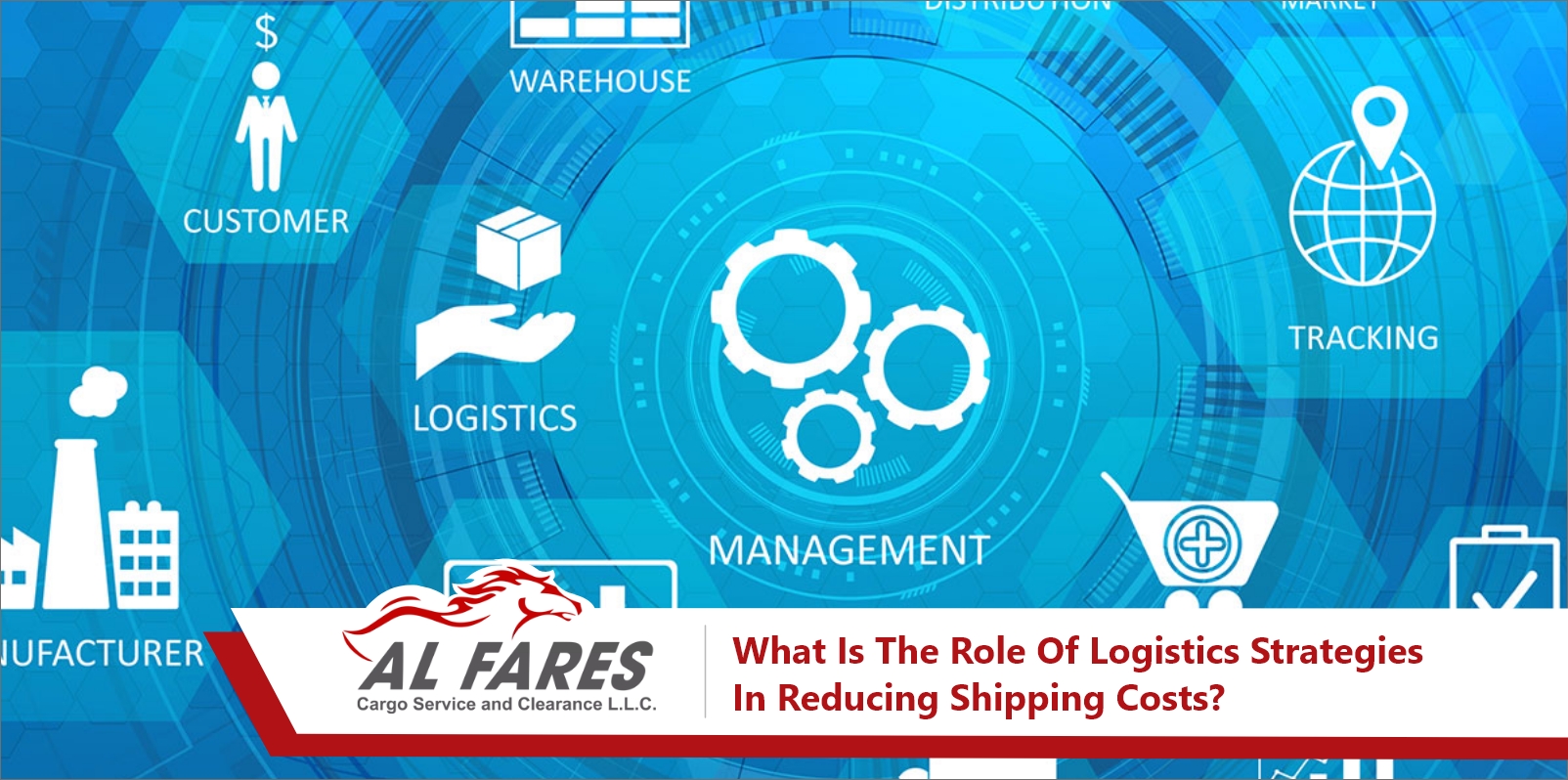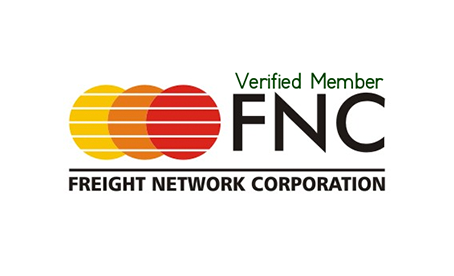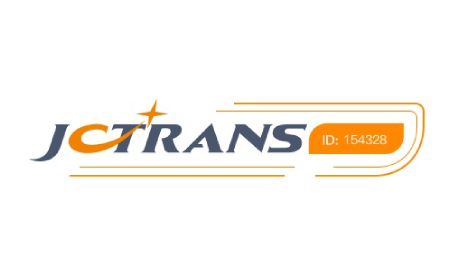Shipping operations are a vital part of the supply chain, constituting a significant portion of business operations costs. To enhance efficiency and achieve savings in these costs, the importance of logistics strategies in reducing shipping costs becomes crucial. These strategies play a decisive role in improving shipping performance and achieving time and cost savings, ultimately enhancing the competitiveness of companies and ensuring customer satisfaction.
The Importance of Logistics Strategies in Reducing Shipping Costs:
Logistics strategies contribute to significant cost savings, enhance efficiency, and improve customer satisfaction, giving companies a stronger competitive edge in the evolving and growing shipping market. The importance of these strategies is evident in the following points:
Enhancing Shipping Operations Efficiency:
Logistics strategies contribute to improving the overall efficiency of shipping operations. By analyzing and optimizing supply chains, planning shipments, improving inventory management, and enhancing resource utilization, companies can reduce losses and overhead costs, achieving improvements in productivity and overall efficiency.
Reducing Transportation Costs:
Transportation costs are a substantial part of shipping costs. By employing smart shipping strategies such as shipment consolidation, optimizing geographical distribution, and using the most efficient transportation methods, companies can achieve significant savings in transportation costs.
Improving Inventory Management:
Inventory management plays a crucial role in reducing shipping costs. By using appropriate storage strategies, improving repackaging and loading processes, and determining the best locations for product storage, companies can reduce storage costs and avoid costs associated with excess or insufficient inventory.
Applying Information Technology and Communication:
Logistics strategies can achieve significant savings through the use of advanced technology in shipping management. By utilizing integrated shipping management systems and tracking and control tools, companies can improve the overall visibility of operations, achieve improvements in time and responsiveness, and reduce operational costs.
Enhancing Relationships with Suppliers and Partners:
Strong relationships with suppliers and business partners are key factors in successfully reducing shipping costs. Through collaboration and coordination with suppliers and by improving supply chains, companies can achieve efficiency improvements and reduce costs associated with shipping.
Logistics Strategies Used to Reduce Shipping Costs:
Several logistics strategies can be employed to reduce logistical shipping costs, including the following:
1.Supply Chain Planning:
Efficient supply chain planning requires a precise analysis of current shipping operations and identification of areas for improvement. This involves evaluating influencing factors such as transportation costs, inventory management, and delivery timing. By analyzing available data and applying advanced planning tools, companies can identify opportunities to enhance supply chain efficiency and reduce shipping-related costs.
2.Optimizing Transport Utilization:
Significant savings in shipping costs can be achieved through optimizing the utilization of transportation. The analysis of various logistical routes and choosing the most cost-effective means of transportation per shipment is crucial. This can be accomplished through shipment consolidation, improving route planning, reducing idle time for vehicles, and enhancing fuel efficiency. Additionally, partnerships with shipping companies or freight pooling services can provide additional cost savings.
3.Utilizing Joint Shipping:
Substantial cost savings in shipping can be achieved through the utilization of joint or consolidated shipping. This involves consolidating shipments from different sources into a single shipment to alleviate transportation costs.
4.Improving Inventory Management:
Inventory management is a critical aspect of reducing shipping costs. By improving storage techniques, repackaging, loading processes, and determining the optimal location for product storage, companies can reduce storage costs and address excess or insufficient inventory-related costs.
5.Enhancing Packing and Packaging Operations:
Significant savings in shipping costs can be realized by improving packing and packaging operations. Selecting cost-effective and efficient packaging in terms of size and weight can reduce shipping costs and take advantage of joint shipping opportunities.
6.Improving Distribution Network:
Improving the design and organization of the distribution network can reduce distances and transportation costs. This can be achieved by strategically locating central shipping warehouses, optimizing route planning, and determining the best routes for transporting goods.
7.Negotiating with Logistics Service Providers:
Effective negotiation with logistics service providers, such as shipping companies and transportation brokers, can lead to better prices and terms. This can be achieved by providing clear information about shipment volumes, frequency, negotiating opportunities, and competitive advantages.
8.Improving Demand Forecasting:
By enhancing demand forecasting, costs associated with unplanned or excess shipping can be reduced, and empty or supply gaps can be avoided. Advanced forecasting techniques and data analysis can be employed to accurately predict demand and plan shipments accordingly.
9.Enhancing Administrative and Documentation Processes:
Logistics costs can be minimized by improving administrative and documentation processes. This includes streamlining procedures, enhancing information flow, and communication with suppliers and logistics service providers. Operational management systems and information technology can be utilized to improve operational efficiency, reduce errors, and eliminate delays.
10.Harnessing Technology and Automation:
Technology and automation can be leveraged to enhance the efficiency of shipping operations and reduce costs. For example, Supply Chain Management (SCM) systems and Enterprise Resource Planning (ERP) software can be employed to improve coordination, track shipments, and reduce human errors. Automation in various stages of the shipping process can also contribute to cost savings.
Challenges in Implementing Logistics Strategies for Reducing Shipping Costs:
Several challenges may confront shipping companies when implementing strategies to reduce shipping costs. Some of these challenges include:
Transportation Costs:
Transportation costs can be one of the major challenges for shipping companies. This includes fuel costs, maintenance, insurance, driver salaries, vehicle costs, and trucking expenses. Effectively reducing these costs can be challenging due to fluctuations in fuel prices and legal requirements and regulations related to transportation safety.
Storage and Temporary Holding Costs:
If a company retains goods in warehouses for extended periods or temporarily stores them during transportation, high costs for storage and temporary holding may be incurred. These costs encompass rent, operations, insurance, maintenance, and labor expenses.
Technology and Automation Costs:
To enhance shipping operations' efficiency and reduce costs, companies may need to utilize technology and automation in their processes. However, the costs of developing and implementing logistics information systems and automation can be high, covering programming, hardware and software acquisition, and training.
Planning and Operations Management:
Implementing strategies to reduce shipping costs necessitates effective planning and operations management. Companies must improve shipment scheduling coordination, efficiently distribute loads onto trucks, provide appropriate training for the workforce, and enhance communication and coordination with customers and partners.
Legislation and Regulations:
Difficulty in complying with shipping and transportation-related legislation and regulations, such as weight restrictions, size limitations, environmental requirements, and customs regulations, may pose challenges. Companies must adhere to these laws, incurring compliance costs that can complicate operations and lead to increased expenses.
Demand and Supply Changes:
Shipping companies may face challenges due to fluctuations in demand and supply. Sudden changes in shipment demand may require rapid adjustments to operations and resource allocation. Additionally, shifts in supply from suppliers and other transportation companies may necessitate plan adjustments and re-coordination.
Geographical and Customs Challenges:
Companies might encounter obstacles in dealing with geographical and customs challenges. Some regions may have challenging crossings or complex customs checkpoints, increasing transportation costs and affecting shipment schedules. Moreover, companies may face challenges in handling diverse customs requirements, permits, and administrative procedures in each country or region.


 Track Your Shipment
Track Your Shipment
 Online Enquiry
Online Enquiry
 Sign In
Sign In
 English
English

 Alfares Cargo
Alfares Cargo
 Logistic Informations
Logistic Informations
 2023-12-14
2023-12-14












